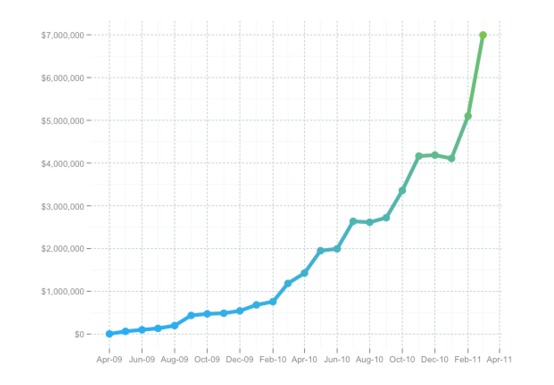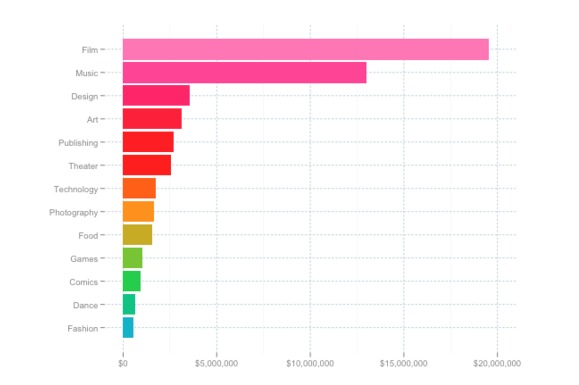Google turns 13 years old today, and to celebrate its ascension to the teenage years, the search engine dropped a new doodle for us to help celebrate the occasion. While it’s not as dynamic as Jim Henson’s or their other interactive doodles, anytime Google alters its logo, it doesn’t go unnoticed.
Normally, when users click on a celebratory doodle, they are taken to a search results page for the entity being recognized. The Google birthday doodle is no different. Once clicked, a search results page for the term “Google” is returned. Naturally, the first result for the Google query is Google.com, followed by Google Images Search, and Google’s Twitter account.
For those who perhaps feel the latest doodle is self-serving — you know, like a Senate committee that doesn’t want Google Maps results showing in Google search engine query results — considering all of the other doodle’s Google has dedicated to other, non-Google entities, if they want to celebrate their own company, it’s not hurting anyone. Nor is it reducing the quality of using Google, either.
To help celebrate Google’s 13th birthday, we can take a trip down memory lane, thanks to the efforts of Archive.org. Their first scan of what would become Google, which was done on November 11, 1998, returns the following result:
Welcome to Google
Google Search Engine Prototype
Might-work-some-of-the-time-prototype that is much more up to date.
Once clicked, the links return the following pages, which some, if not most, of you have seen before, but since we’re celebrating Google’s birthday, it won’t hurt to see them again.
First, we have Google as it was at when it was hosted on Stanford’s servers. Aside from the more refined font, there’s not an incredible difference between then and now:

Click for a bigger image
Followed by Google in its alpha stage:

Click for a bigger image
Take away all that extraneous text, and add some anti-aliasing to the logo and you’ve pretty much got Google in its present incarnation. The Wayback Machine also has
a snapshot of Google’s official launch press release, which is dated September 21, 1999. While I’m not going to blockquote the entire thing, there are some gems contained within, like the following:
Until now, word-of-mouth recommendations have been the force in driving traffic to the Google search engine. Google currently averages about 65 searches per second at peak times and three and a half million searches per day.
And this, which attempts to explain how PageRank works:
Patent-Pending PageRank Technology: Google’s PageRankTM technology performs an objective measurement of the importance of web pages that is calculated by solving an equation of 500 million variables and more than 2 billion terms. Google does not determine results by counting links. Instead, Google’s PageRank uses the vast link structure of the web as an organizational tool. In essence, Google interprets a link from Page A to Page B as a vote by Page A for Page B…
There’s much, much more where that came from, and it’s a fun read, especially if you’re curious about Google’s evolution. With that in mind, happy birthday, Google. It’s hard to imagine a world without you, although, this particular web comic did so with a pitch-perfect offering:

Nailed it.









